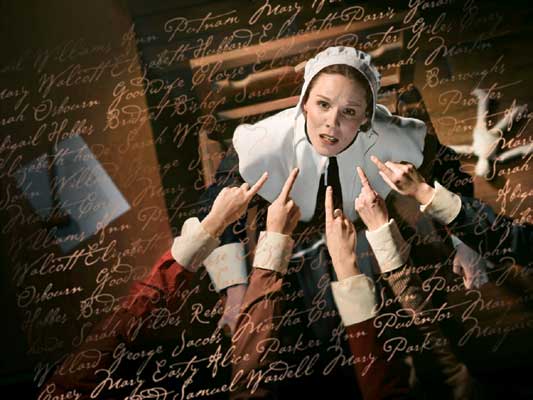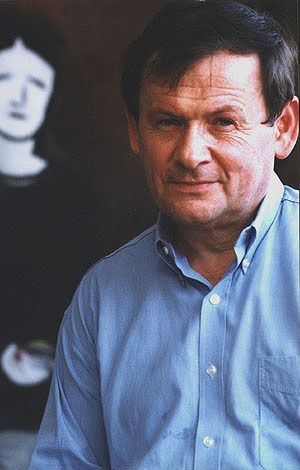For Mainstream English Year 12 students studying the poetry collection ‘Old/New World’ by Peter Skrzynecki, AOS1: Unit 3, Reading and Creating Texts, Analytical Response Outcome.
This task requires the students to synthesise poems in the ‘Old/New World’ collection by Peter Skrzynecki of ‘Black Cockatoos’ / ‘Immigrants at Central Station’ / ‘Feliks Skrzynecki’ / ‘Seeing my Parents’ and put together an analytical response essay on the prompt.
The Analytical Prompt Topic is ‘Belonging is not about geography, but about family’. Discuss.
Belonging is tied to a sense of identity and the groups we choose to belong to and the ways we connect with others to help form our own identity. Together these issues go to the heart of who we are and how we present ourselves to the world. We share a human quality in the need to belong yet sometimes we question both ‘who am I?’ and ‘where do I belong?’. In ‘Old/New World’ poetry collection by poet Peter Skrzynecki, he shares with his readers a sense of ambivalence in his relationship with his parents, but at the same time, he acknowledges and honours their sacrifices they made for him. Therefore, in analysing Skrzynecki’s poems it is important to see not only his connection to family but also to place, practices, language, heritage and geography that are all interconnected and tied to his sense of belonging and sense of identity.
In the poems under review “Black Cockatoos”, “Immigrants at Central Station”, “Feliks Skrzynecki” and “Seeing my Parents”, Peter Skrzynecki writes about connecting the old and new worlds of his poetry together in his search for belonging. Through his poems Peter discovers the ways in which he can come to terms with the multi-faceted nature of his identity and the interaction between belonging to his family’s old cultural Polish heritage and the new world as an Australian with all its promising future.
Synthesising the relationship of the birds in “Black Cockatoos” who represent freedom in the new world, they express themselves clearly against the old domesticated species of pigeons in “Immigrants at Central Station” who represent the old world from Europe. The cockatoos easily belong and make themselves heard with brash and screeching voices so that they can be heard “above the boom and crash of the waves” yet the pigeons just “watch” and are voiceless. The pigeons, representing the immigrants, have sad and negative thoughts about belonging to the new world and because they cannot speak English and there seems to be no way for them to counteract the noisy cockatoos (Australians) who literally take over the place.
As the old-world birds, from devastated post-war Europe, have difficulty in belonging to the place they are in, such as the train station, it represents a transit place and part of their dislocation from their country of origin. In terms of freedom to belong, they are limited by language differences, experience, loss of culture and an expectation of what their futures will be in the new country. This is shown as the immigrant journeys are controlled by time “while time ran ahead” but their sense of belonging is impacted by an unknown future “along glistening tracks of steel” to a place they do not know. In contrast, the cockatoos in “Black Cockatoos” are totally in control of their lives as they “swept down the cliff” and “whistled, broke formation, chattered” taking over the whole beach.
In some of Peter Skrzynecki’s poems related to family and belonging there is also a sense of paradox where Peter’s optimism for the future in the new world clashes with his sense of sadness about his past and even regret that at the end of his poems he has not received closure about who he is or where his identity comes from. In the poem “Seeing my Parents” there is a sense of regret that the poet wanted to thank his parents for all the sacrifices they made as immigrants to help his education and way of life in the new country but he is unable to tell them how he feels in the present day because they are dead. The poet wants to catch up with them and “touch them – thank them for everything they did for me” yet he cannot reach for them “out of yesterday and into tomorrow”.
Similarly, Peter wants the readers to appreciate his sense of pride and belonging to his father Felix in the poem “Felix Skrzynecki” when he begins the poem “my gentle father” is Peter’s tribute to Felix’s dignity. However, the young Peter also feels a disconnect with his family and does not belong to his heritage in his inability to accept his Polish past he is in fact alienated from Felix and his friends and does not understand why “His Polish friends always shook hands so violently”. Peter does not want to learn the Polish language and even puts up “Hadrian’s Wall” to disconnect himself from belonging to his Polish heritage.
Peter Skrzynecki’s poetry is deeply rooted in family and cultural awareness and he writes about the importance of belonging to not only family but also to place, language, heritage and geography. However, his poems clearly show a divide between the interaction of belonging to the past and the new world that represents the poet’s future as an Australian. There are however, paradoxes in his relationships with his family that, as an adult poet, Peter has tried to honour his parents by paying tribute to his heritage and staying connected to them in his poems. Yet, many poems end without closure and as readers, we have to respect his feelings and the notion of something that is not finished. May be Peter is asking us readers to question whether he did finally belong to one world – the old world or the new world?










 For year 12 students studying Mainstream English AOS1 Unit 3: Reading and Creating Texts, either as an Analytical Interpretation or as a Creative Response, you will be analysing and writing essays based on Peter Skrzynecki’s poetry from his Old / New World Poetry Collection.
For year 12 students studying Mainstream English AOS1 Unit 3: Reading and Creating Texts, either as an Analytical Interpretation or as a Creative Response, you will be analysing and writing essays based on Peter Skrzynecki’s poetry from his Old / New World Poetry Collection.